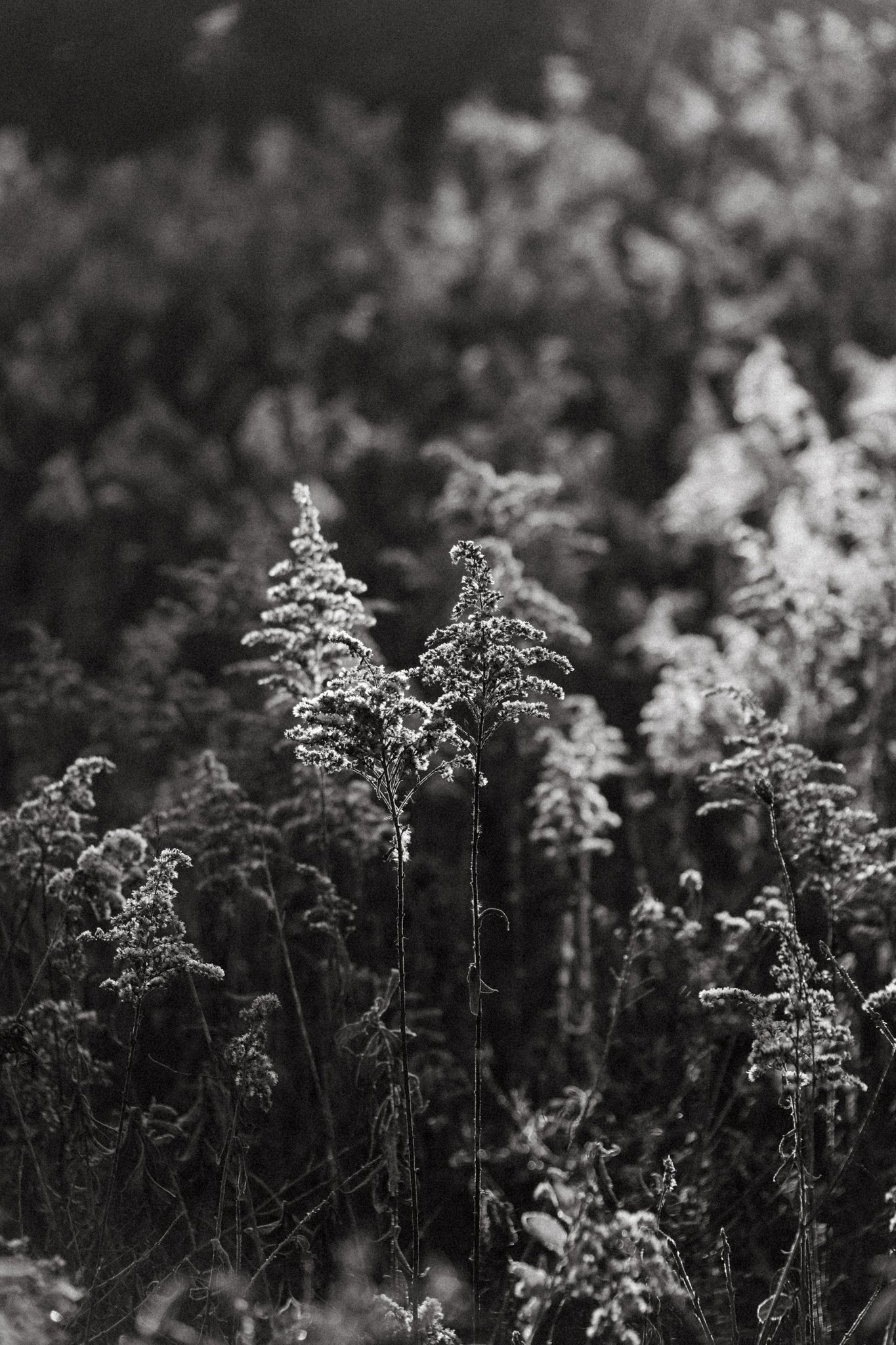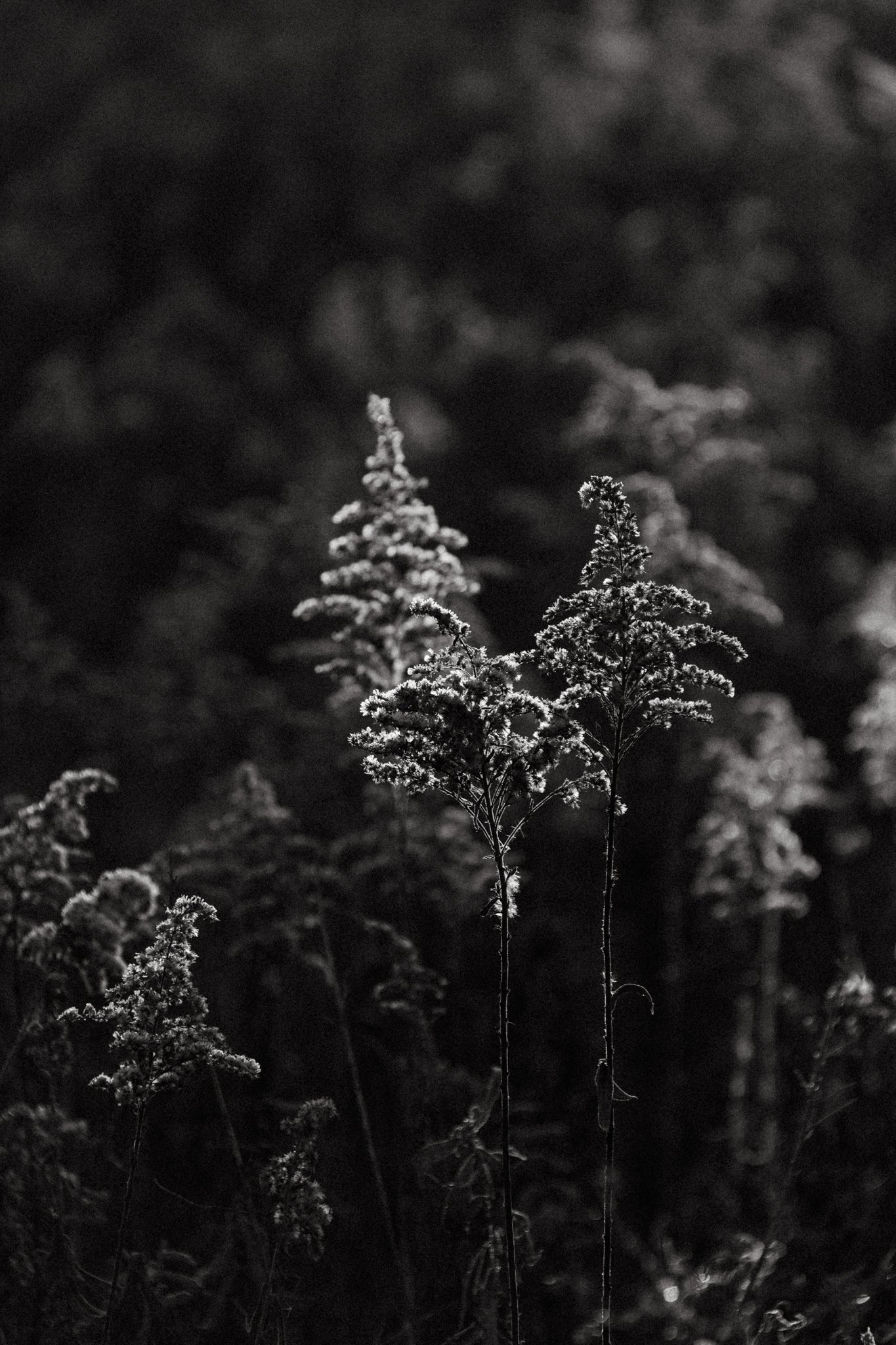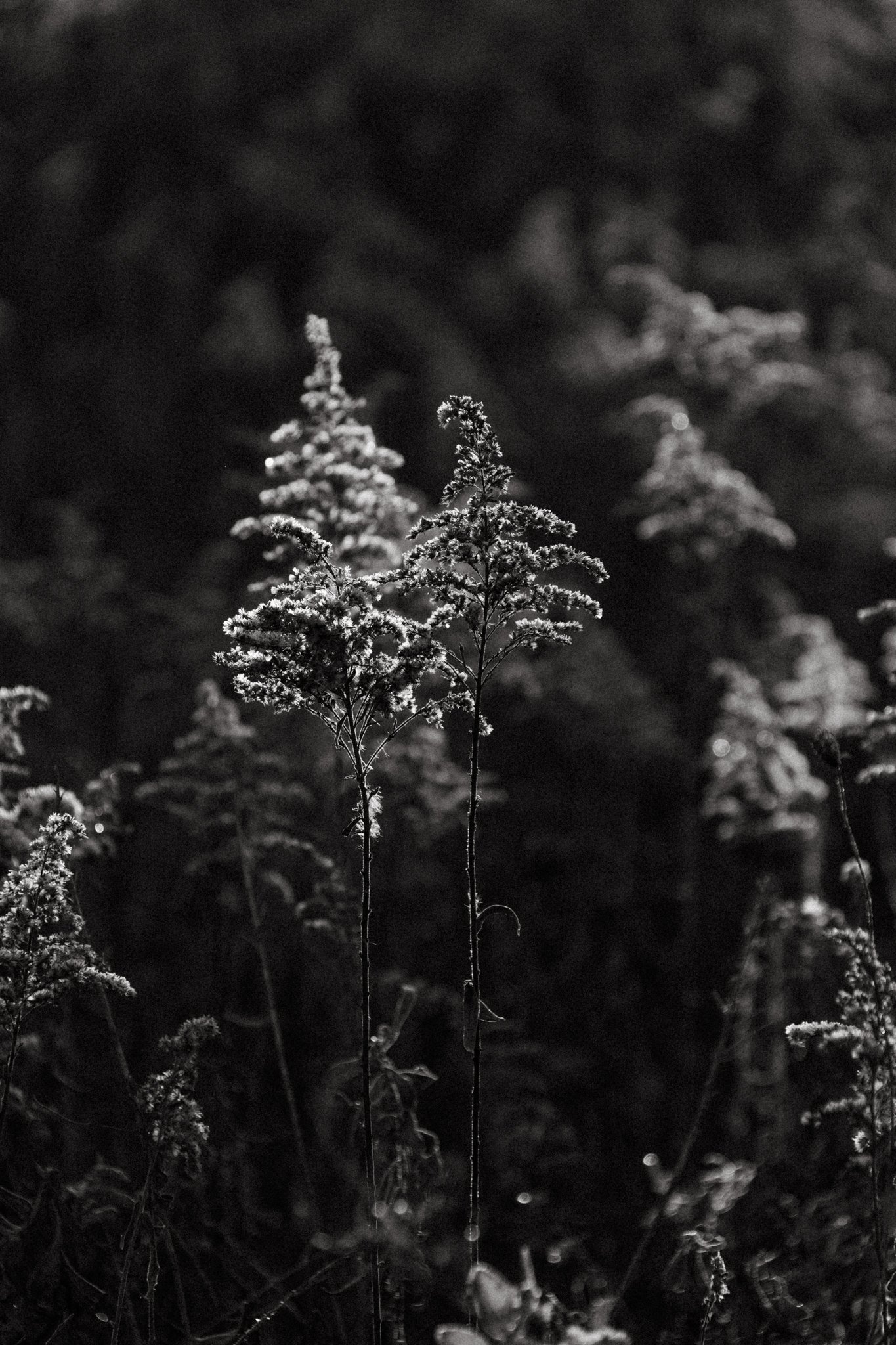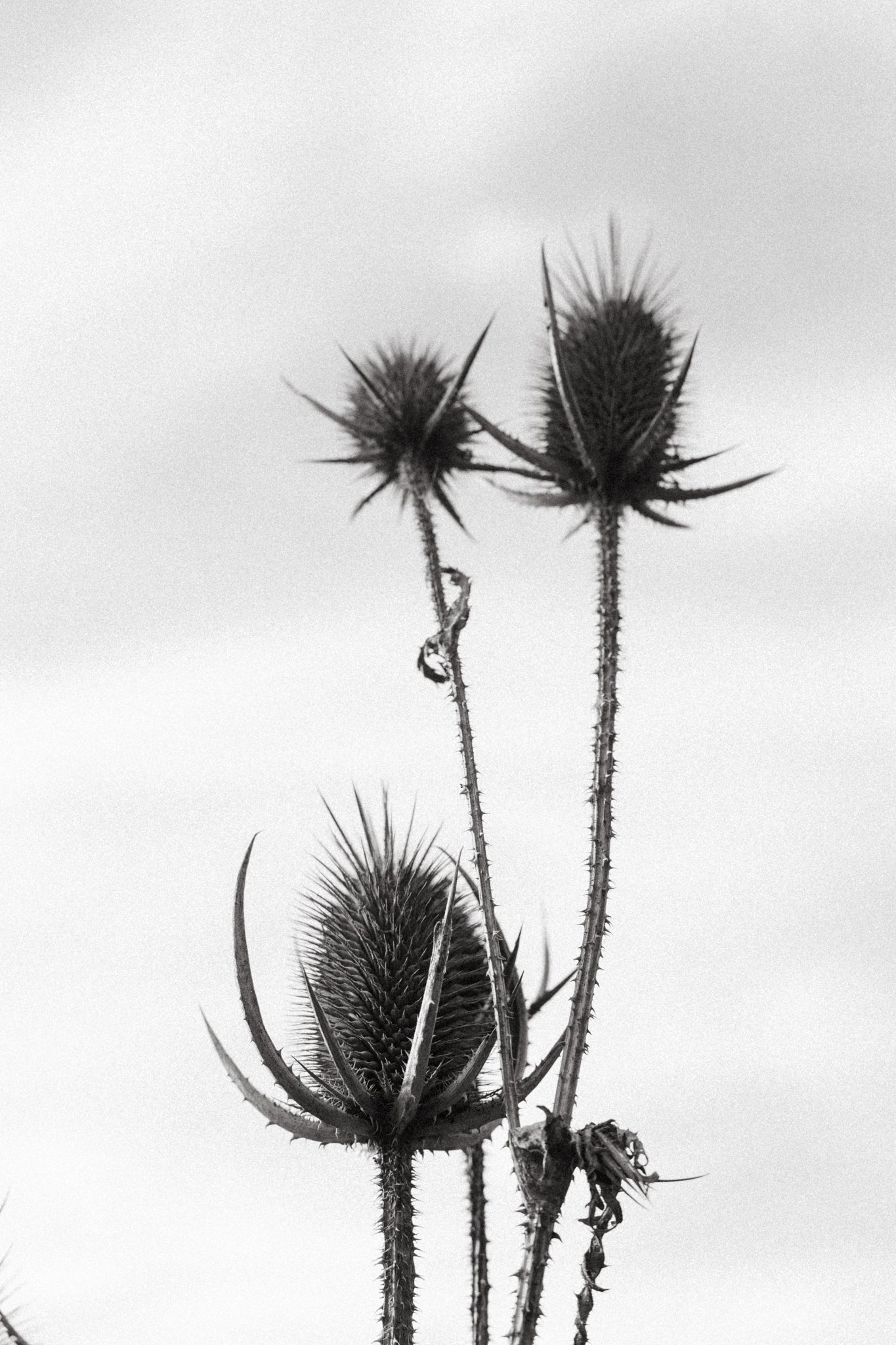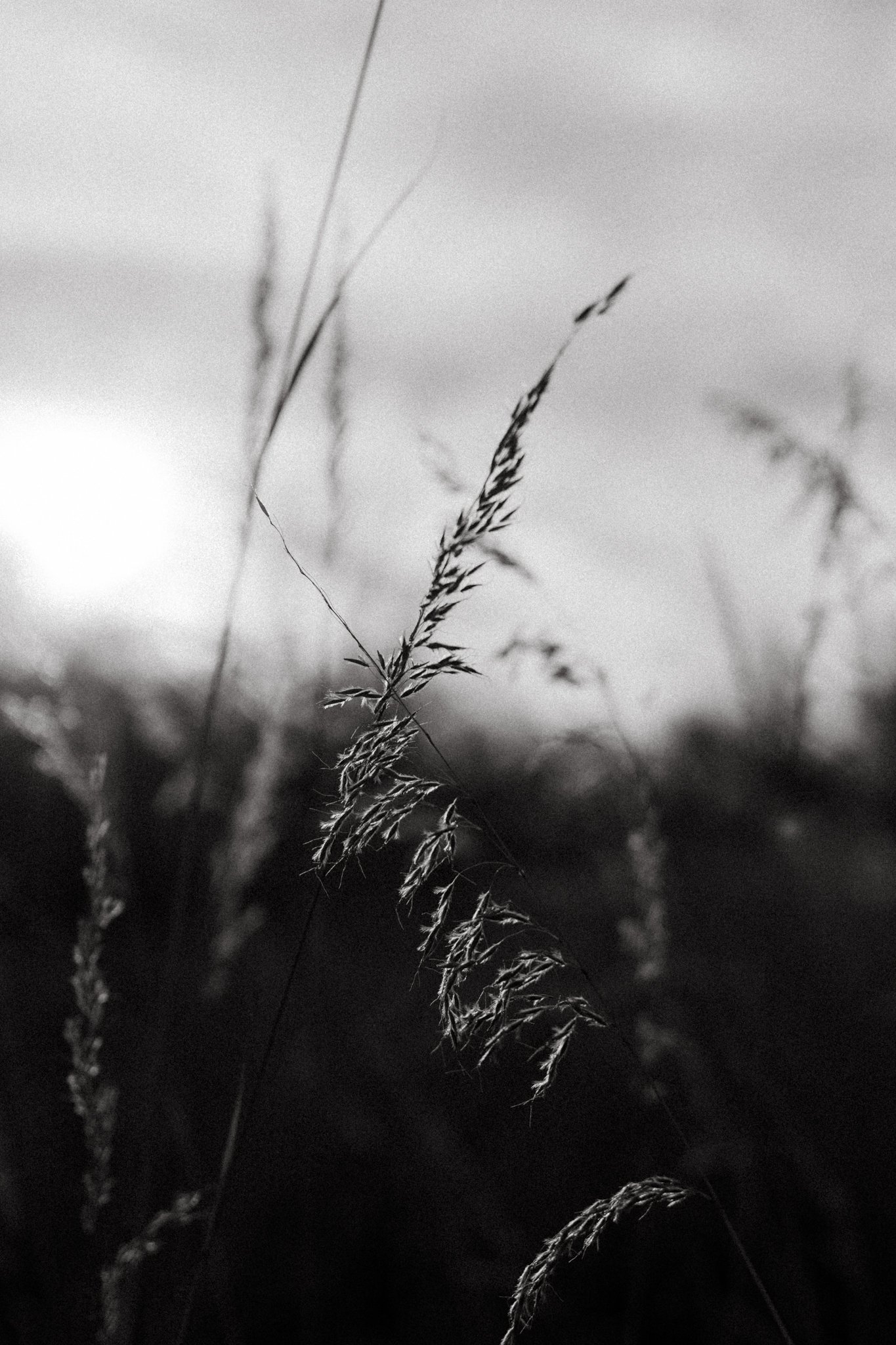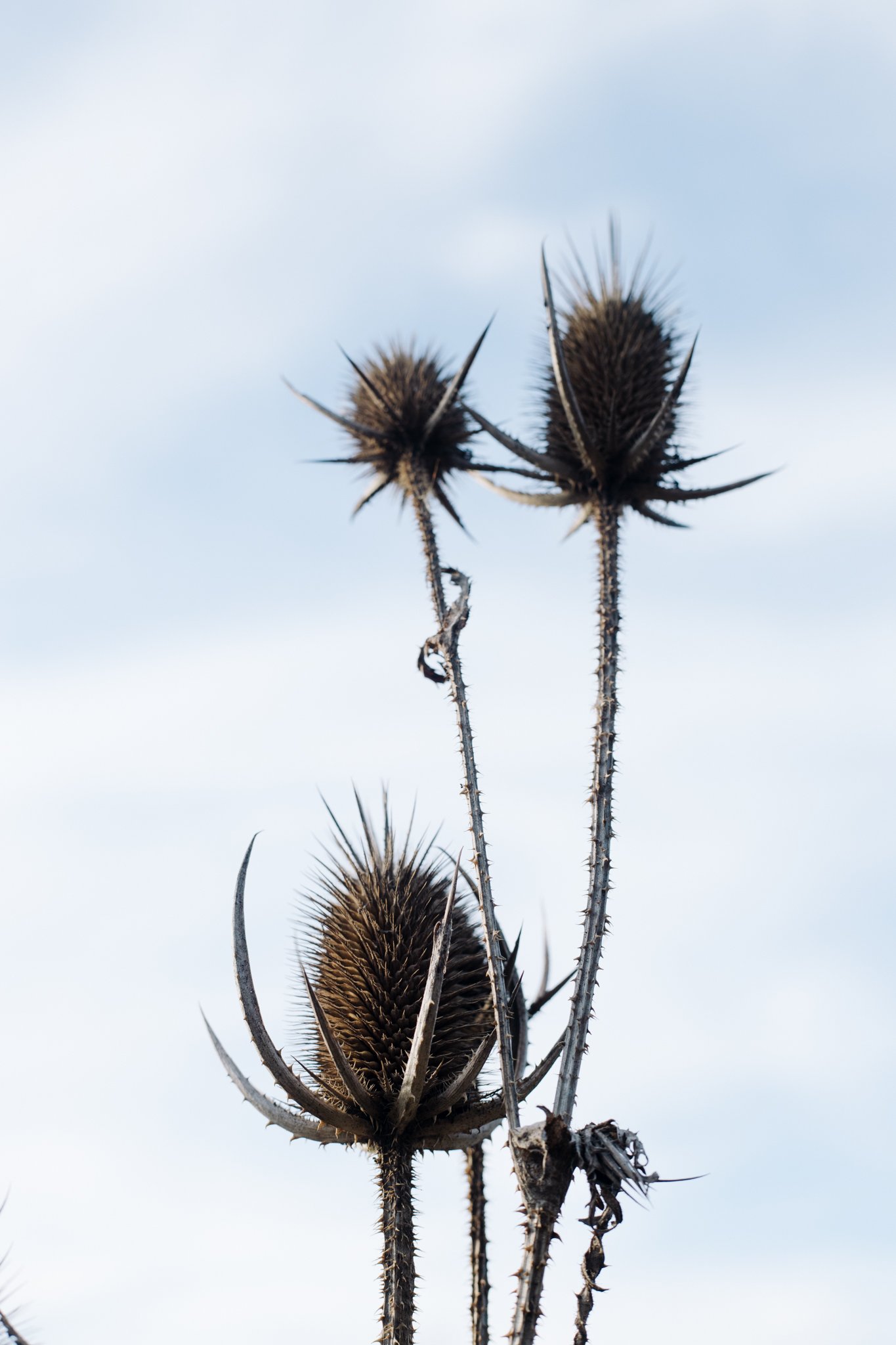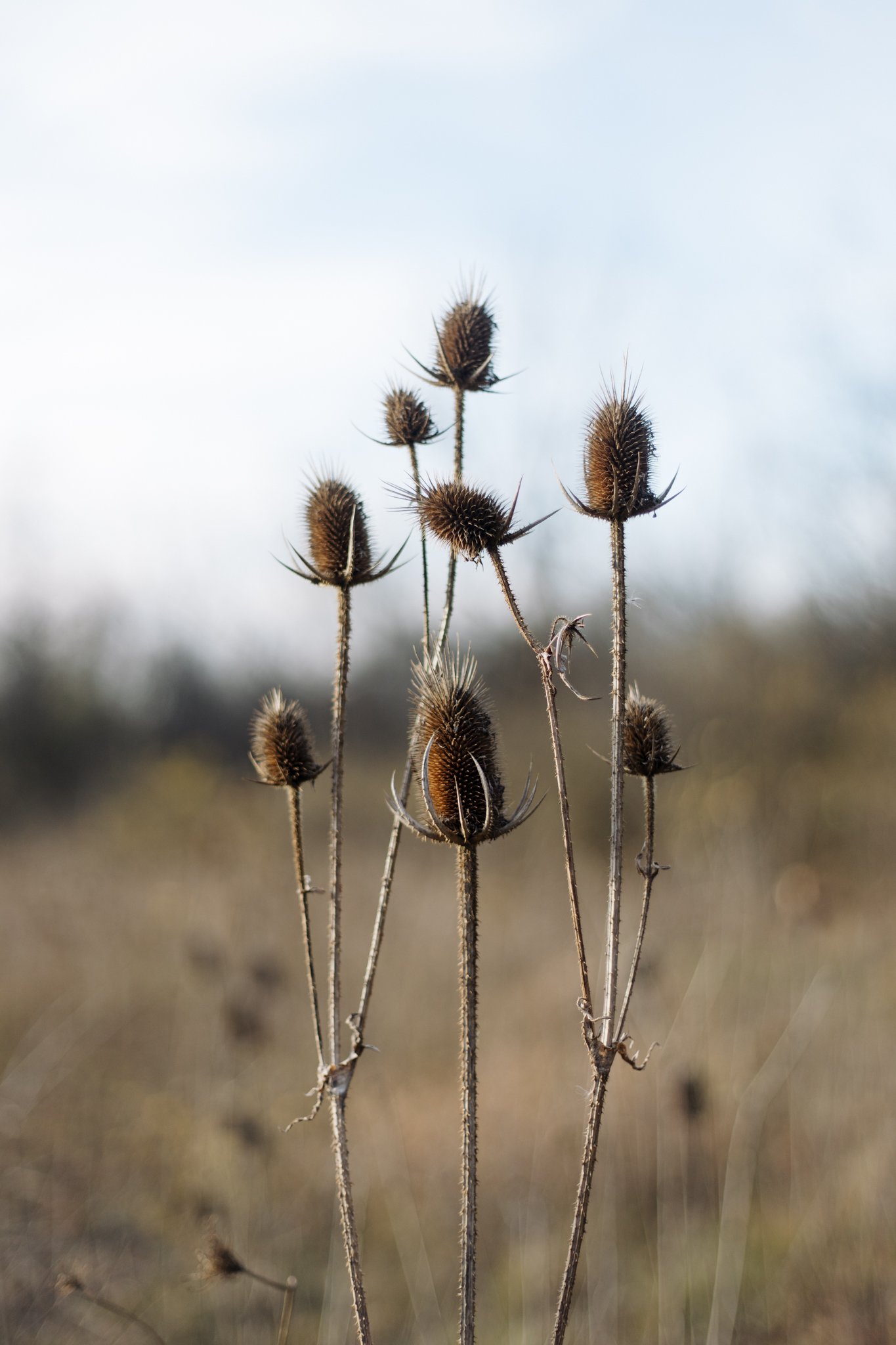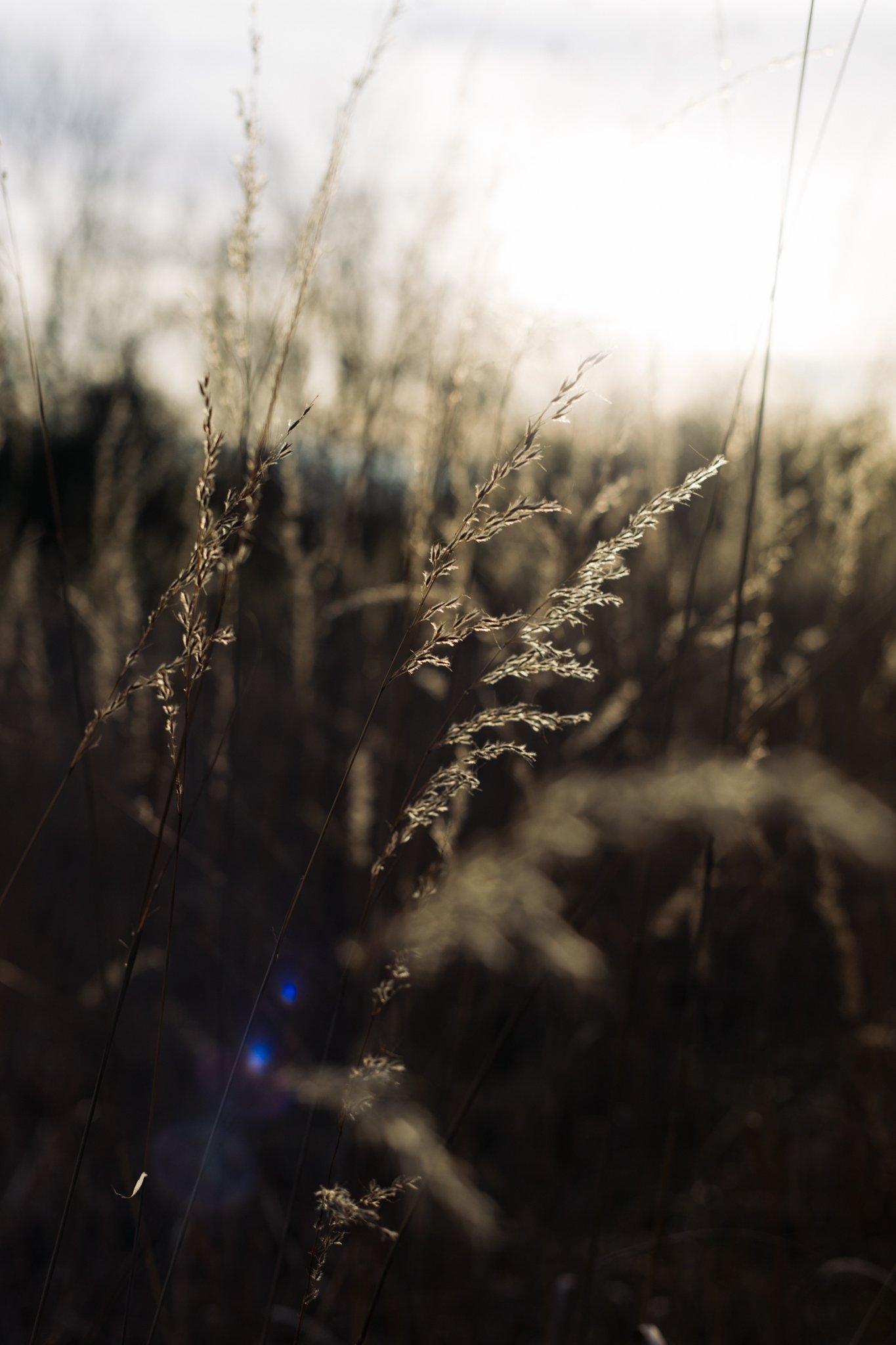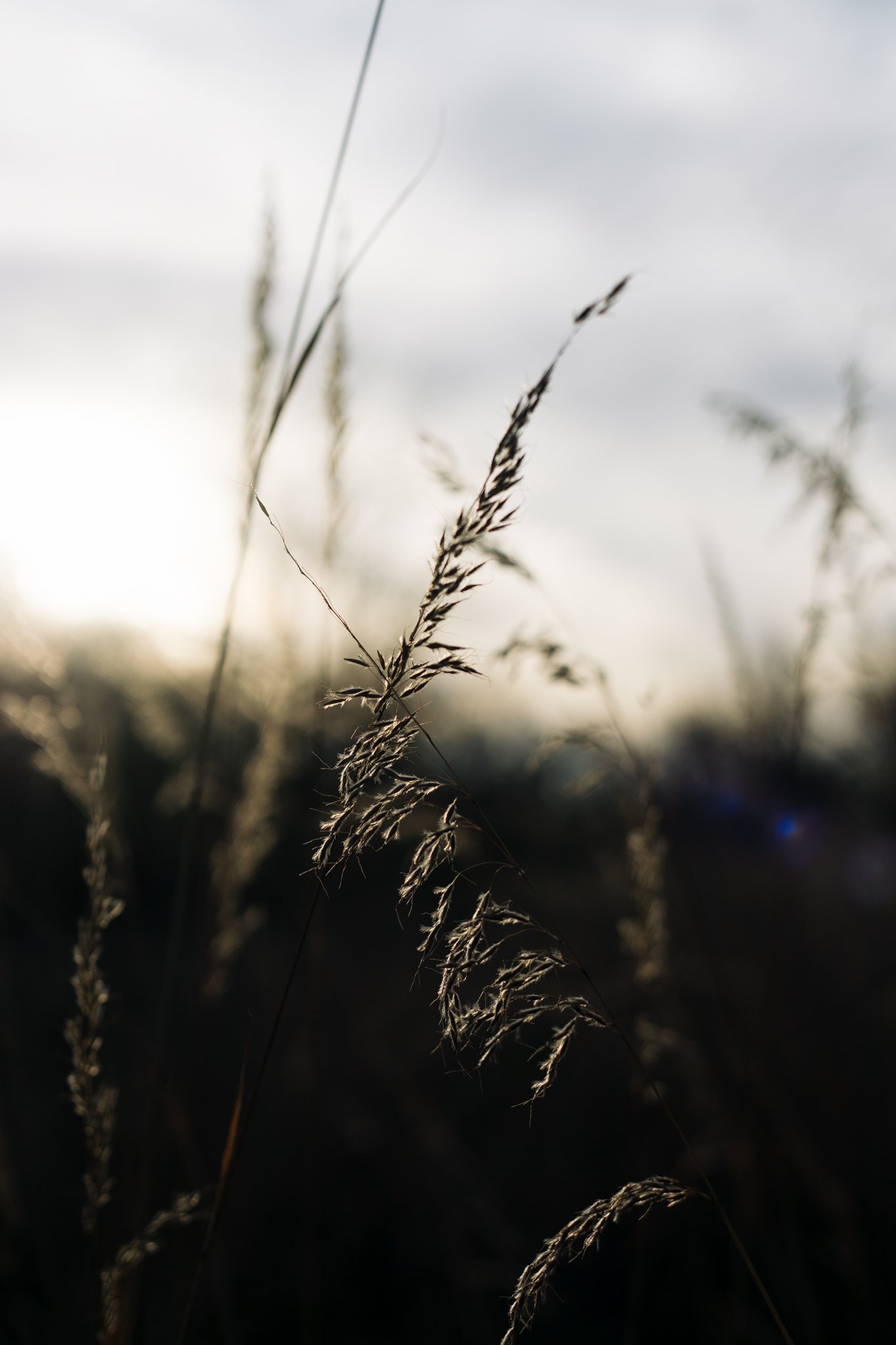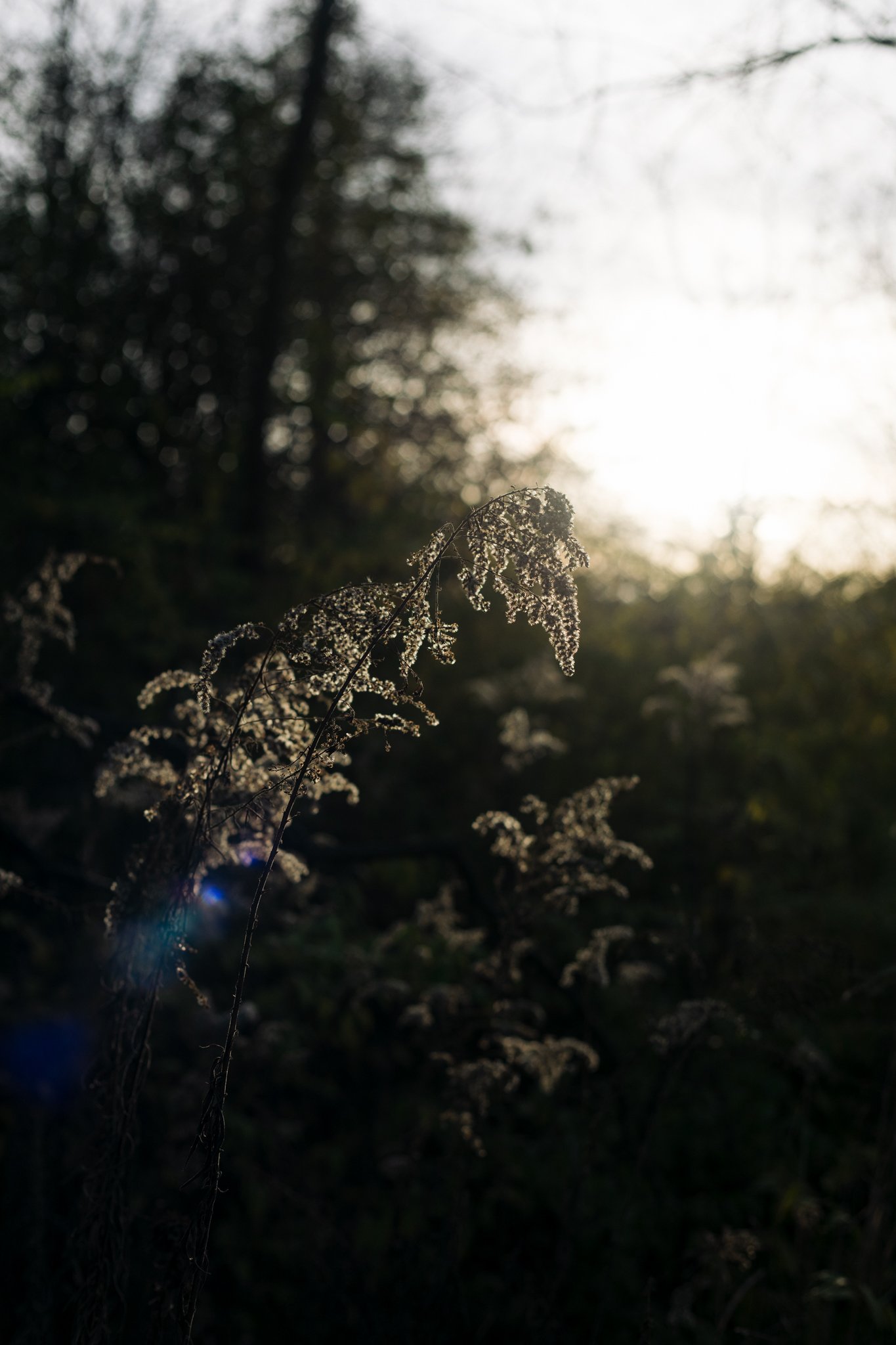Why Contrast is so Important in Photography
Contrast is one of the most fundamental aspects in photography. It is what makes a 2-dimensional medium (photography) look 3-dimensional. It gives your subject a focus.
What Determines Contrast?
Light/Shadow and Color. When you pair that with perspective and a control factor (your camera’s aperture), you make your subject a focal point (a place for your eye to directly wander to).
Black and White Photographs
I think one of the easiest ways to start to recognize contrast at first, is to see your photographs in black and white.
This is actually how I learned photography. I was working with 35mm film at the time (digital was not available), and I worked with black and white film for a very long time.
It helped me to see the world in a different way.
Highlights and Shadows
You can really recognize the significance of contrast when highlights and shadows collide. The is very apparent during sunrise or sunset.
This is actually my favorite time to work because I love backlight so much, it defines the subject in a way that you just don’t get in the middle of the day.
When I’m working outdoors I mostly notice this because all of the plants and trees are glowing (or glistening) as the light shapes the outline of trees and leaves.
Here are some examples at Sunrise
These three photographs were captured at the same location, taken no more than one footstep away from one another. I captured these with my 24-300mm lens, so there was a lot of wiggle room to choose what to focus in on.
But to give you an idea of my thought process here, these images are almost directly backlit. By moving and zooming in I was able to change the contrast between the subject and the foreground.
Mid-Day (almost Sunset) Examples
The mid-day light is not nearly as defined, and shadows do not appear as long.
Sunset Examples
Back to sunset, you get that quality that is so much like the sunrise. With these I used the background (landscape) to define the shadows more. Meaning, half or 3/4 of the images are in the shadows.
Why is this significant? Because my subject still has a highlight that defines it. If the highlight was on the horizon (or part of the sky), that detail in the image would be lost.
Out of the two images below, the one on the right clearly defines this. Look at the edges of the grass and notice how the plant is highlighted in the shadows, but not in the sky.
Also notice how these are exposed for the hightlights.
Contrast with Color
Now let’s look at those same photographs and compare them to their black and white counterparts so that you can see the difference that color has with contrast.
Aperture
Remember, aperture can be a control factor to defining your subject too. I’m going to show you how I changed my aperture below to bring more focus to the subject.
F-Stop 6.3
F-Stop 2.0
The background here was very distracting, so that’s why I went as low (or wide) with this as I did. By blurring the background I was able to focus on the subject. Color and Light were definitely a factor here too, but not as significantly as the landscape itself.
I say color was not as important here because when you look at the images below you can see how the color of the landscape almost matches the sky (thank you mid-day light for an even exposure that is not distacting to the eye).
Photography is an adventure no matter what road you choose.
I hope this inspires you to pay more attention to light (and color)! But the real magic happens when you expose for the highlights (and let those shadows fall into place)!
